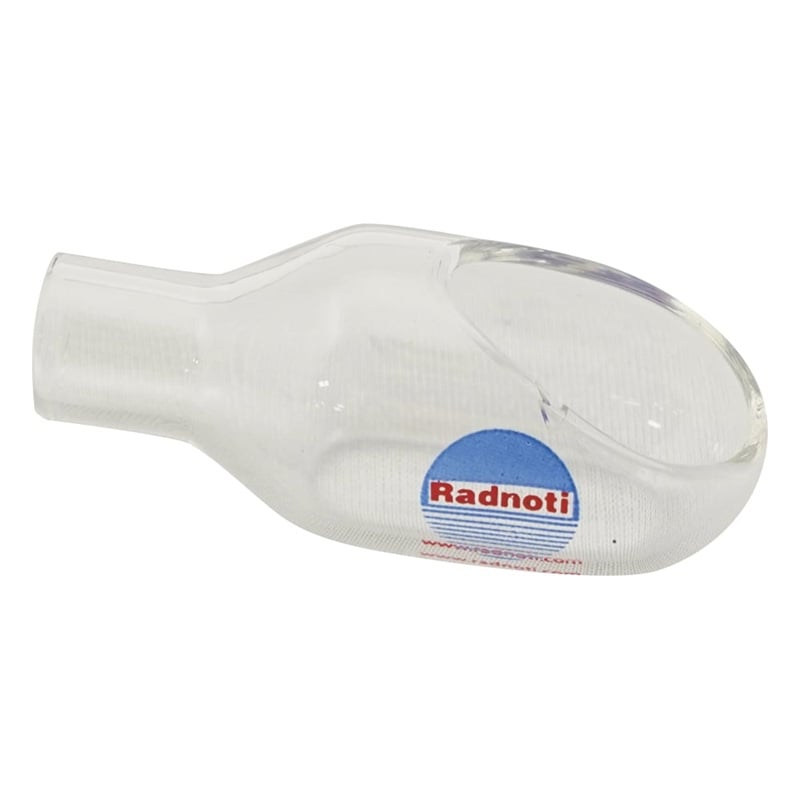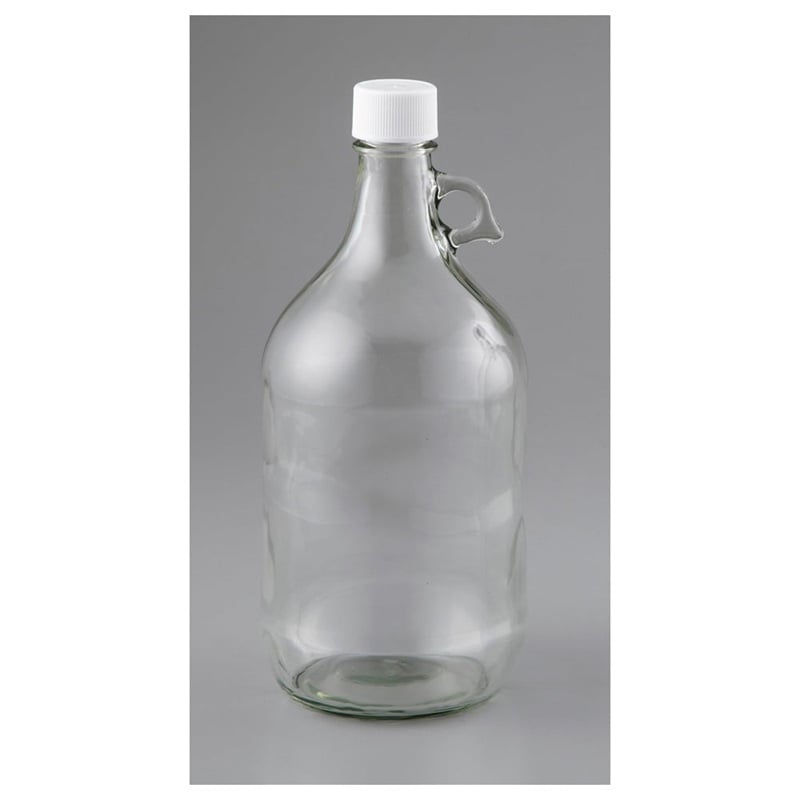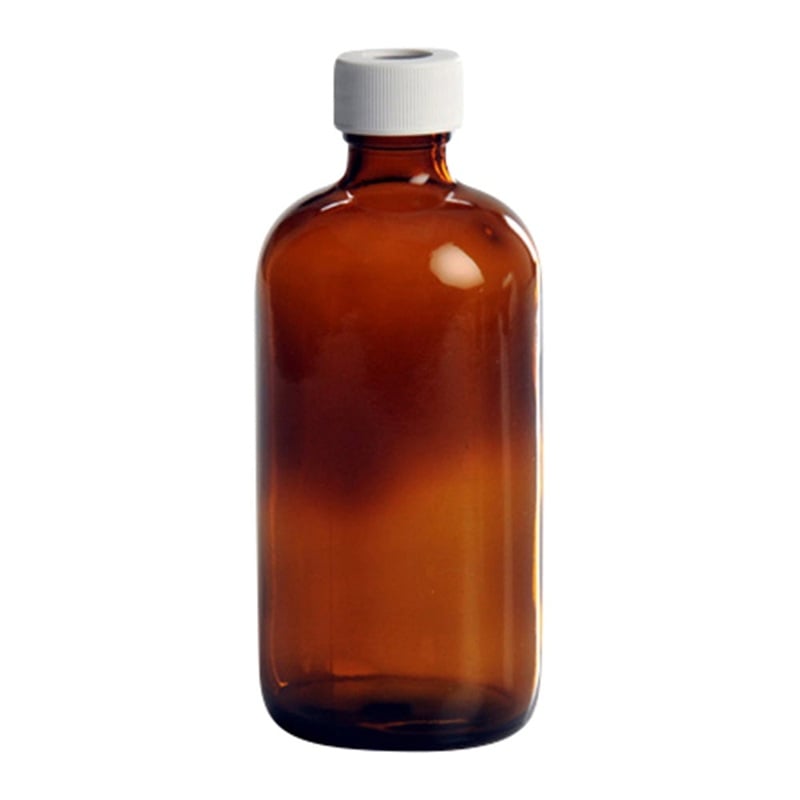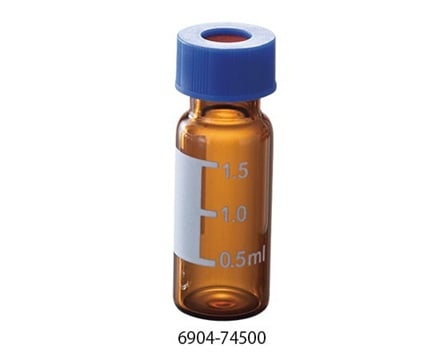
Kiriyama glass EX92A-1-1 Soxhlet Extractor 100mL
| Manufaturer: | Kiriyama glass |
| Model: | EX92A-1-1 |
*The above price is Standard Price, Kindly click on Request a quote to unlock the Best Price and Delivery Date. Our expert consulting team is always ready to assist you.
*Order Process: 1. Request a quote ⇒ 2. Quote via Email ⇒ 3. Proforma Invoice ⇒ 4. Payment ⇒ 5. Delivery and Invoice.
*We deliver to your doorstep under DAP terms. Customs clearance is for your account.

*You can't find the product you need, please send us the picture/specifications/model/product code and quantity you need to email: [email protected]. We will find it for you.
*Review us here: Review Now
Description
- Model number: EX 92 A-1-1
- Flasks capacity (mL): 100
- Compatible paper filtration cylinder size (mm): 24 x 90
- Top (sliding): 29/42
- Bottom (sliding): 15/25
- * filtration cylinder is not included
- * Stamps and clamps are sold separately.
-
Frequently Asked Questions About the Kiriyama Glass EX92A-1-1 Soxhlet Extractor (100 mL):
General Information
1. What is the Kiriyama Glass EX92A-1-1 Soxhlet extractor?
The EX92A-1-1 is a 100 mL continuous solvent extraction setup made of borosilicate glass. It consists of a Soxhlet chamber, a 100 mL round-bottom flask, and an Allihn condenser, all joined with standard ground glass connectors.
2. Which components are included in the EX92A-1-1 kit?
-
100 mL Soxhlet extraction tube (EX92A-1)
-
100 mL round-bottom flask with GND 24/29 joint
-
Allihn condenser with upper and lower GND 24/29 joints
-
Optional support stand and clamps (sold separately)
-
Technical Specifications
3. What is the maximum solvent capacity?
The round-bottom flask holds up to 100 mL of solvent. Typical working volumes range from 50 to 70 mL to allow for proper vaporization and reflux.
4. How much sample can I process at once?
A standard cellulose thimble (24 × 90 mm) fits inside the Soxhlet chamber and accommodates approximately 5–10 g of dry, ground sample, depending on thimble porosity.
5. What are the ground glass joint sizes?
-
Flask to Soxhlet tube: GND 24/29
-
Soxhlet tube to condenser: GND 24/29
-
Condenser hose connections: standard 6 mm or 8 mm outer-diameter tubing
-
Principle and Operation
6. How does a Soxhlet extraction work?
-
The solvent in the flask is heated to reflux.
-
Vapor travels up into the condenser and drips back into the Soxhlet chamber.
-
The solvent accumulates around the sample and extracts compounds.
-
Once full, the solvent siphons back into the flask, carrying dissolved analytes.
-
The cycle repeats until extraction is complete.
-
7. What is a typical extraction procedure?
-
Dry your sample in an oven at 80 °C to remove moisture.
-
Load the thimble and place it in the Soxhlet tube.
-
Add solvent (50–70 mL) to the flask and assemble the apparatus.
-
Begin gentle heating to maintain a steady drip rate (3–4 drops per second).
-
Run for 6–8 hours or until extracts appear clear.
-
Cool, dismantle, and recover the solvent for further processing.
-
Assembly and Setup
8. How do I assemble the EX92A-1-1 extractor?
-
Secure the flask on a heating mantle or water bath.
-
Attach the Soxhlet tube to the flask via the GND 24/29 joint.
-
Place the condenser atop the Soxhlet tube and tighten with a clamp.
-
Connect inlet and outlet hoses to the condenser (cold water in at the bottom, out at the top).
-
Ensure all joints are snug and supported.
-
9. What solvent volume and heating settings work best?
-
Fill the flask to no more than two-thirds capacity to prevent bumping.
-
Use a heating mantle or oil bath set to yield mild reflux—avoid vigorous boiling to reduce bumping and vapor loss.
-
Maintenance and Cleaning
10. How do I clean and maintain the unit?
-
Disassemble and rinse each glass part with an appropriate solvent (acetone or ethanol).
-
Use a soft brush for stubborn residues inside the Soxhlet chamber.
-
Dry components at 105 °C or allow to air-dry in a dust-free environment.
-
Inspect ground joints for chips or roughness before each use.
-
Safety Precautions
11. What safety measures should I take?
-
Wear chemical-resistant gloves, safety goggles, and a lab coat.
-
Operate under a fume hood to avoid inhaling solvent vapors.
-
Check all glassware for cracks and ensure joints are properly lubricated.
-
Never allow the flask to run dry while heating to prevent thermal shock.
-
Troubleshooting
12. What should I do if the system leaks solvent vapor?
-
Ensure ground glass joints are clean and lightly greased with vacuum grease.
-
Replace any chipped or scratched joints.
-
Tighten clamps to stabilize connections without overtightening.
-
13. Why isn’t condensation occurring efficiently?
-
Increase coolant flow through the condenser.
-
Check that water inlet is at the condenser’s lowest port and outlet at the top.
-
Confirm the condenser jacket is free from blockages or air pockets.
-
Applications
14. What applications is this extractor suited for?
-
Fat and oil extraction from plant material, soils, or food products
-
Isolation of active ingredients from herbal samples
-
Preparation of environmental samples for pesticide or pollutant analysis
-
Ordering and Accessories
15. Can I upgrade to a larger flask size?
Yes. You can substitute a 250 mL or 500 mL round-bottom flask with the same GND 24/29 joint to increase solvent capacity and process larger sample loads.
16. Where can I purchase spare parts and accessories?
Contact QTE Technologies.












